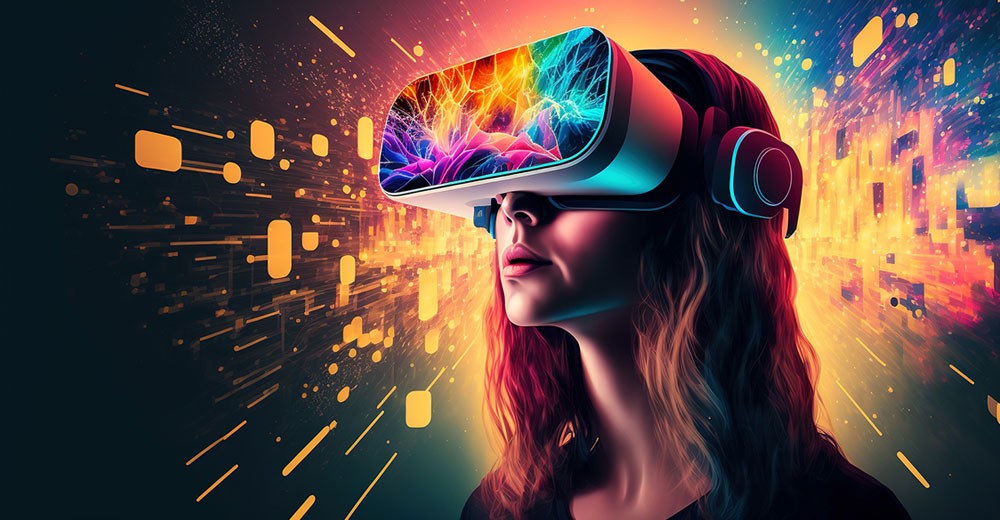NEWS: Virtual Training: How AR/VR is Transforming Workforce Development
June 5, 2023

Augmented Reality (AR) and Virtual Reality (VR) technologies have made significant strides in recent years, transcending the realms of gaming and entertainment. They now play an increasingly important role in workforce development and training across various industries. In this article, we delve into the ways AR and VR are revolutionizing workforce development and reshaping the training landscape.
AR/VR in Workforce Training: The Benefits
The immersive nature of AR and VR technologies offers numerous advantages for workforce training:
- Realistic and Engaging Experiences: AR/VR can replicate real-world scenarios, enabling trainees to acquire hands-on experience and develop practical skills in a controlled environment.
- Increased Retention and Comprehension: The interactive and immersive nature of AR/VR training facilitates better information retention and understanding, leading to more effective learning outcomes.
- Cost-Effectiveness and Scalability: Virtual training can reduce the need for physical training facilities, equipment, and travel, resulting in significant cost savings. Additionally, training modules can be easily updated and scaled to accommodate larger groups of trainees.
- Safety and Risk Management: AR/VR training allows trainees to practice and hone their skills in high-risk or hazardous situations without exposing them to danger, thereby improving safety and reducing liability.
AR/VR Applications in Workforce Development
The potential applications of AR and VR in workforce training span a wide range of industries:
- Healthcare: Medical professionals can practice surgical procedures, patient care, and emergency response in virtual environments, improving their skills without risking patient safety.
- Manufacturing: Workers can learn how to operate complex machinery or perform maintenance tasks using AR-guided instructions, enhancing efficiency and reducing errors.
- Construction: AR/VR can be used to simulate on-site scenarios, training construction workers in safety procedures and the use of heavy equipment without exposing them to physical risks.
- Retail and Hospitality: Customer service, sales, and product knowledge training can be delivered through engaging and interactive AR/VR experiences, helping employees to better serve clients and customers.
- Military and Law Enforcement: Personnel can engage in realistic combat, tactical, and decision-making simulations, honing their skills in a safe and controlled environment.
Embracing AR/VR in Workforce Training
To harness the full potential of AR/VR technologies in workforce development, organizations should:
- Identify the most suitable training scenarios that can benefit from AR/VR implementation.
- Invest in the necessary hardware and software infrastructure to support immersive training experiences.
- Collaborate with AR/VR experts or vendors to design and develop tailored training modules.
- Regularly evaluate the effectiveness of AR/VR training and update content to ensure relevance and continuous improvement.
Conclusion: The Future of Workforce Development
AR and VR technologies are poised to redefine workforce development, offering immersive and effective training solutions that can save time, reduce costs, and improve safety. By embracing these innovations, organizations can empower their employees with the necessary skills and knowledge to excel in their roles and stay competitive in an ever-evolving landscape.
